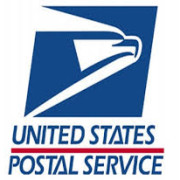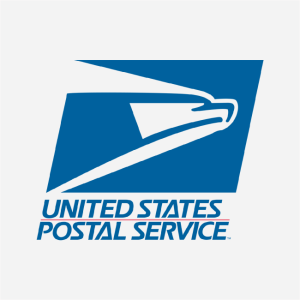Postal Service Reform Act to Become Law Soon
According to an article in American Shipper, legislation aimed at providing a long-sought lifeline to the struggling U.S. Postal Service passed the Senate on Tuesday and now moves to President Joe Biden for his expected signature.
The Postal Service Reform Act of 2022, which passed the House in February with overwhelming bipartisan support, eliminates an onerous health care pre-funding requirement for postal workers that the agency has stated would have been the biggest driver of an estimated $160 billion loss over the next decade.
But by abolishing that requirement and including a provision that integrates postal worker retiree health care with Medicare, the legislation creates more than $49 billion in savings over the same period, substantially closing that deficit and bringing the agency closer to financial sustainability.
Operationally, the legislation requires the Postal Service to maintain its standard of delivering at least six days a week.
“We look forward to President Biden’s signature on this common sense legislation to support the Postal Service and codify the requirement to deliver mail and packages together through an integrated network at least six days a week everywhere in the United States,” commented John McHugh, Chairman of the Package Coalition, which represents an alliance of retail, e-commerce and logistics companies.
Postmaster General Louis DeJoy has supported financial reform legislation, particularly provisions “addressing our unfair and unaffordable employee retirement health benefit costs that will give us a fighting chance.”
The agency recently reported an adjusted loss of $1.3 billion in the quarter, compared with a $288 million adjusted loss in the prior period. Operating revenue of $21.3 billion was down less than 1% year-over-year.
Volume for the Postal Service’s fiscal 2022 first quarter, which covers the last three months of the calendar year, came in at 1.96 billion pieces, down from 2.17 billion pieces in the 2021 fiscal quarter. Revenue from shipping and packages services was $8.6 billion, down from $9.3 billion in the prior quarter.
The Q1 results were much higher than in the same period two years ago, however, before the COVID-19 pandemic profoundly changed buying behavior and delivery activity. In the fiscal 2020 first quarter, which covered the 2019 holiday season, the Postal Service handled 1.73 billion parcels and other non-mail items, with revenue of $6.6 billion.







 Effective September 1, 2021 General Rate Increase (GRI) has been filed for all cargo imported from Asia ports of loading, to U.S.A., Canada, and Mexico ports/ramps of discharge.
Effective September 1, 2021 General Rate Increase (GRI) has been filed for all cargo imported from Asia ports of loading, to U.S.A., Canada, and Mexico ports/ramps of discharge.

